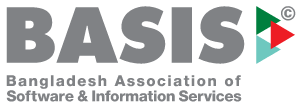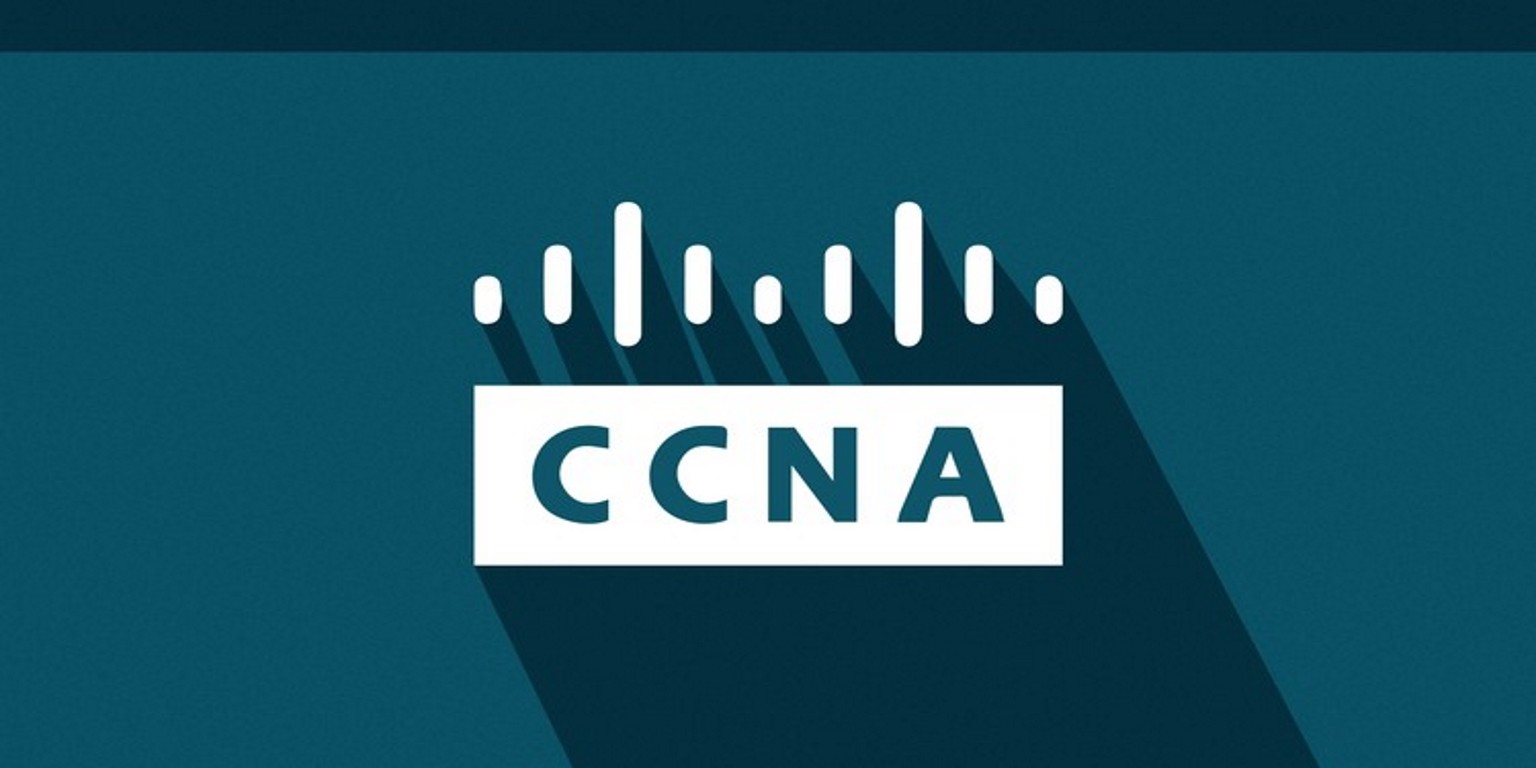



Request more information
We'll connect you at the earliest
Who is able to join this course?
Anyone from IT background
CCNA Exam Requirements, CCNA Routing & Switching Certification
Cisco Certified Network Associate
Hands on learning with interactive classes (both theoretical & practical)
4 Month of Practical Learning
Flexible Course Outline
Updated quality training materials
Practical base class
Networking opportunity with industry experts
Special sessions with renowned experts & professionals
Mentoring during and beyond the course up to 6 months.




Anyone from IT background


Routing Technologies

Certifications & Training: CCNA, CCNA Sec, CCNP RnS, CCNP Security, CCNP Data Center, CCNP Service Provider, SD-WAN, CCIE DC (Boot Camp - Bangalore), Palo-Alto, Juniper Key Technologies Cisco Nexus, Cisco ACI, Cisco SDN, Linux, Windows AD, VMWare, MPLS, MPLS TE, BGP, OSPF, VPN, SD-WAN, SD-ACCESS etc
|
20% |
1.0 |
Network Fundamentals |
|
|
|
1.1 |
Explain the role and function of network components |
|
|
|
|
1.1.a |
Routers |
|
|
|
1.1.b |
L2 and L3 switches |
|
|
|
1.1.c |
Next-generation firewalls and IPS |
|
|
|
1.1.d |
Access points |
|
|
|
1.1.e |
Controllers (Cisco DNA Center and WLC) |
|
|
|
1.1.f |
Endpoints |
|
|
|
1.1.g |
Servers |
|
1.2 |
Describe characteristics of network topology architectures |
|
|
|
1.2.a |
2 tier |
|
|
1.2.b |
3 tier |
|
|
1.2.c |
Spine-leaf |
|
|
1.2.d |
WAN |
|
|
1.2.e |
Small office/home office (SOHO) |
|
|
1.2.f |
On-premises and cloud |
|
1.3 |
Compare physical interface and cabling types |
|
|
|
1.3.a |
Single-mode fiber, multimode fiber, copper |
|
|
1.3.b |
Connections (Ethernet shared media and point-to-point) |
|
|
1.3.c |
Concepts of PoE |
|
1.4 |
Identify interface and cable issues (collisions, errors, mismatch duplex, and/or speed) |
|
1.5 |
Compare TCP to UDP |
|
1.6 |
Configure and verify IPv4 addressing and subnetting |
|
1.7 |
Describe the need for private IPv4 addressing |
|
1.8 |
Configure and verify IPv6 addressing and prefix |
|
|
1.9 |
Compare IPv6 address types |
|
|
|
1.9.a |
Global unicast |
|
|
1.9.b |
Unique local |
|
|
1.9.c |
Link local |
|
|
1.9.d |
Anycast |
|
|
1.9.e |
Multicast |
|
|
1.9.f |
Modified EUI 64 |
|
1.10 |
Verify IP parameters for Client OS (Windows, Mac OS, Linux) |
|
|
1.11 |
Describe wireless principles |
|
|
|
1.11.a |
Nonoverlapping Wi-Fi channels |
|
|
1.11.b |
SSID |
|
|
1.11.c |
RF |
|
|
1.11.d |
Encryption |
|
1.12 |
Explain virtualization fundamentals (virtual machines) |
|
|
1.13 |
Describe switching concepts |
|
|
|
1.13.a |
MAC learning and aging |
|
|
1.13.b |
Frame switching |
|
|
1.13.c |
Frame flooding |
|
|
1.13.d |
MAC address table |
|
20% |
2.0 |
Network Access |
|
|
|
2.1 |
Configure and verify VLANs (normal range) spanning multiple switches |
|
|
|
|
2.1.a |
Access ports (data and voice) |
|
|
|
2.1.b |
Default VLAN |
|
|
|
2.1.c |
Connectivity |
|
|
2.2 |
Configure and verify interswitch connectivity |
|
|
|
|
2.2.a |
Trunk ports |
|
|
|
2.2.b |
802.1Q |
|
|
|
2.2.c |
Native VLAN |
|
|
2.3 |
Configure and verify Layer 2 discovery protocols (Cisco Discovery Protocol and LLDP) |
|
|
|
2.4 |
Configure and verify (Layer 2/Layer 3) EtherChannel (LACP) |
|
|
|
2.5 |
Describe the need for and basic operations of Rapid PVST+ Spanning Tree Protocol and |
|
|
|
|
identify basic operations |
|
|
|
|
2.5.a |
Root port, root bridge (primary/secondary), and other port names |
|
|
|
2.5.b |
Port states (forwarding/blocking) |
|
2.5.c |
PortFast benefits |
|
2.6 |
Compare Cisco Wireless Architectures and AP modes |
|
|
2.7 |
Describe physical infrastructure connections of WLAN components (AP, WLC, |
|
|
|
access/trunk ports, and LAG) |
|
|
2.8 |
Describe AP and WLC management access connections (Telnet, SSH, HTTP, HTTPS, |
|
|
|
console, and TACACS+/RADIUS) |
|
|
2.9 |
Configure the components of a wireless LAN access for client connectivity using GUI only |
|
|
|
such as WLAN creation, security settings, QoS profiles, and advanced WLAN settings |
|
|
25% |
3.0 |
IP Connectivity |
|
|
|
3.1 |
Interpret the components of routing table |
|
|
|
|
3.1.a |
Routing protocol code |
|
|
|
3.1.b |
Prefix |
|
|
|
3.1.c |
Network mask |
|
|
|
3.1.d |
Next hop |
|
|
|
3.1.e |
Administrative distance |
|
|
|
3.1.f |
Metric |
|
|
|
3.1.g |
Gateway of last resort |
|
3.2 |
Determine how a router makes a forwarding decision by default |
|
|
|
3.2.a |
Longest match |
|
|
3.2.b |
Administrative distance |
|
|
3.2.c |
Routing protocol metric |
|
3.3 |
Configure and verify IPv4 and IPv6 static routing |
|
|
|
3.3.a |
Default route |
|
|
3.3.b |
Network route |
|
|
3.3.c |
Host route |
|
|
3.3.d |
Floating static |
|
3.4 |
Configure and verify single area OSPFv2 |
|
|
|
3.4.a |
Neighbor adjacencies |
|
|
3.4.b |
Point-to-point |
|
|
3.4.c |
Broadcast (DR/BDR selection) |
|
|
3.4.d |
Router ID |
|
|
3.5 |
Describe the purpose of first hop redundancy protocol |
|
10% |
4.0 |
IP Services |
|
|
4.1 |
Configure and verify inside source NAT using static and pools |
|
4.2 |
Configure and verify NTP operating in a client and server mode |
|
4.3 |
Explain the role of DHCP and DNS within the network |
|
4.4 |
Explain the function of SNMP in network operations |
|
4.5 |
Describe the use of syslog features including facilities and levels |
|
4.6 |
Configure and verify DHCP client and relay |
|
4.7 |
Explain the forwarding per-hop behavior (PHB) for QoS such as classification, marking, |
|
|
queuing, congestion, policing, shaping |
|
4.8 |
Configure network devices for remote access using SSH |
|
4.9 |
Describe the capabilities and function of TFTP/FTP in the network |
|
15% |
5.0 |
Security Fundamentals |
|
|
5.1 |
Define key security concepts (threats, vulnerabilities, exploits, and mitigation |
|
|
|
techniques) |
|
|
5.2 |
Describe security program elements (user awareness, training, and physical access |
|
|
|
control) |
|
|
5.3 |
Configure device access control using local passwords |
|
|
5.4 |
Describe security password policies elements, such as management, complexity, and |
|
|
|
password alternatives (multifactor authentication, certificates, and biometrics) |
|
|
5.5 |
Describe remote access and site-to-site VPNs |
|
|
5.6 |
Configure and verify access control lists |
|
|
5.7 |
Configure Layer 2 security features (DHCP snooping, dynamic ARP inspection, and port |
|
|
|
security) |
|
|
5.8 |
Differentiate authentication, authorization, and accounting concepts |
|
|
5.9 |
Describe wireless security protocols (WPA, WPA2, and WPA3) |
|
|
5.10 |
Configure WLAN using WPA2 PSK using the GUI |
|
10% |
6.0 |
Automation and Programmability |
|
|
6.1 |
Explain how automation impacts network management |
|
|
6.2 |
Compare traditional networks with controller-based networking |
|
|
6.3 |
Describe controller-based and software defined architectures (overlay, underlay, and |
|
|
|
fabric) |
|
|
|
6.3.a Separation of control plane and data plane |
|
|
|
6.3.b North-bound and south-bound APIs |
|
|
6.4 |
Compare traditional campus device management with Cisco DNA Center enabled device |
|
|
|
management |
|
|
6.5 |
Describe characteristics of REST-based APIs (CRUD, HTTP verbs, and data encoding) |
|
|
6.6 |
Recognize the capabilities of configuration management mechanisms Puppet, Chef, and |
|
|
|
Ansible |
|
|
6.7 |
Interpret JSON encoded data |
